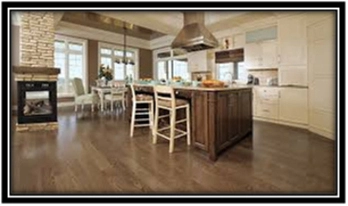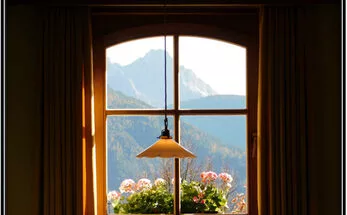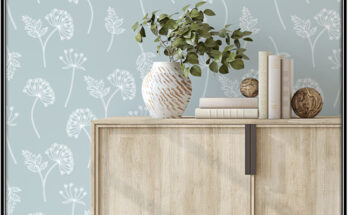From rooftop gardens, through sustainable gardening, and now to wall gardens, it is obvious that the concept of a garden has changed. It can now have a new purpose and benefit your household in many different ways.
Wall gardens are becoming more and more popular due to its innovative and distinctive appearance and use. They are the best solution for those who want something different, want to make their house or garden to stand out, who like new and innovative things. It is also a great choice when you don’t have enough space for a conventional garden. There are many ways to build one, you can experiment with them and tailor them according to your own taste, style, and preferences.
Here are some tips on how to make your own wall garden and some ideas and designs.
Making a wall garden
Choosing a wall: The first decision to make is what wall you will use for your wall garden. The wall can be any exterior wall of your house or some unused, empty wall in your backyard that you want to repurpose and decorate. It can be a wall you just want to cover up because it’s unattractive, but in general, any will do. You don’t have to worry about the weight of the garden, basically any wall can support its load, but you do have to consider how much sunlight it receives. You will have to choose your plants based on the conditions and the properties of the wall.
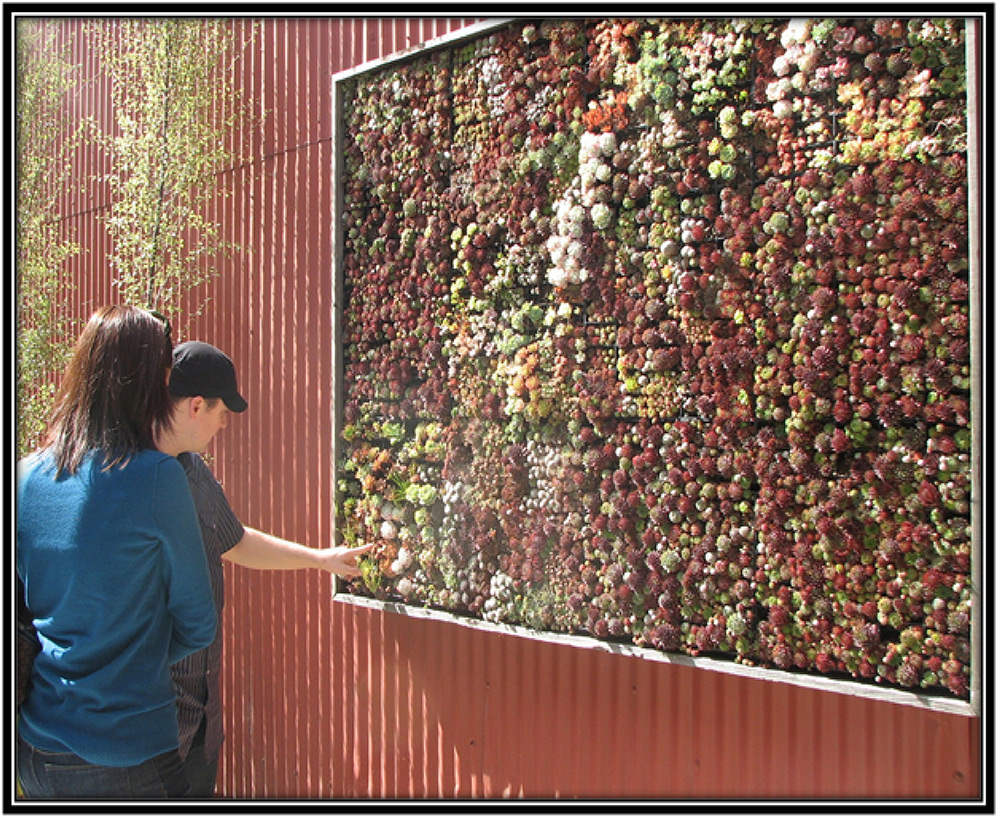
Choosing a wall – Home Decor IdeasShape/type of garden: There are many options to choose from when it comes to the type of your wall garden. There is no right or wrong choice, it depends only on what best suits you and your design and style, as well as on what you can incorporate best in your home. One of the options is a “pocket” wall garden or a container-style garden. With them, your potted plants are put in containers or in some kind of pockets made out of fabric or canvas and then displayed in rows on the wall or attached to it. You can also opt for a wooden pallet. The pallet would be attached to the wall, with a cloth attached to the bottom, back and the sides of it, and then filled with soil. The plants would grow from the pallet’s openings.
 Shape-type of Garden – Home Decor Ideas
Shape-type of Garden – Home Decor IdeasBuilding a frame: When you have decided on the shape, type and the size of your garden, you can then build a structural basis for it. This basis consists of three main parts. You will need a frame, a sheet of plastic and some sort of fiber that goes on top of it all. It is easier and more convenient to build your frame before attaching it to the wall. The frame can be directly attached to the wall or you can build it so that it hangs, which makes it easier to take down.
 Building a Frame – Home Decor Ideas
Building a Frame – Home Decor IdeasWhen building the frame, it is recommended to use plastic elbows and joints as opposed to metal or wood. Metal can add to the weight and is more expensive, and wood can rot when exposed to moisture, if not protected properly.
A sheet of plastic should then be attached to the frame, to protect the wall from water, and to serve as a backing for the fabric that will go over it. You should attach at least two layers of fabric to make it stronger because it is where the plants will be placed. Use any fabric that can retain water for the plants and that will not rot, for example, felt carpet padding.
Choosing plants: When it comes to the plants, you should first think about choosing those more “flexible.” This means those that will not stick out too much when growing, but nicely flow towards the ground. For example herbaceous ones, as opposed to trees and vines. When it comes to maintenance, your best choice is probably perennials, and especially native ones, because they are the easiest to maintain, and native plants, in general, are more adapted to the local climate and soil.

Choosing plants – Home Decor IdeasConsider the amount of sun, humidity, and shade your wall garden will receive, and also the temperatures in your area. Choose your plants according to those conditions and their needs.
Irrigation system: You should set up an irrigation system in order to keep your plants growing. You can set it up in the form of a tube on top of your garden which will then drip water down throughout the fabric and towards the plants. Be careful not to overflow the plants with water, but also make sure to give them as much as they need. Wall gardens are a bit trickier than regular gardens as they need to be watered more often. Make sure to find the right balance. The drip-irrigation systems are probably your best option because they can distribute the water most efficiently and evenly.
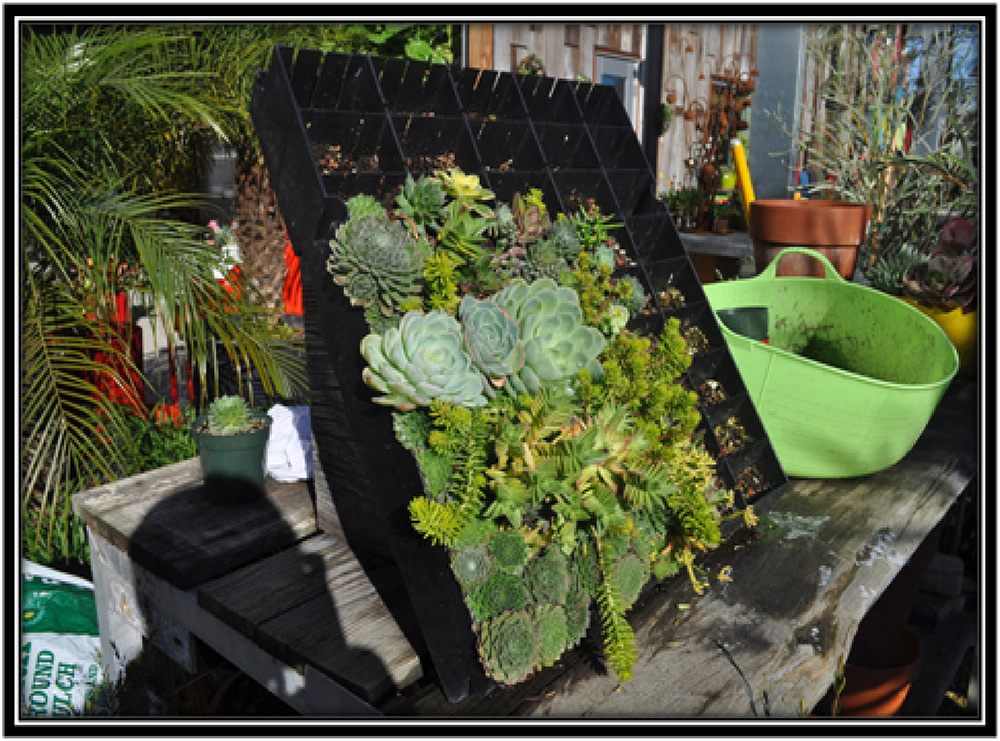
Irrigation system – Home Decor Ideas
Ideas and designs: You can build your garden in the form of pockets. It is a fun way to organize it and you can experiment with it, arranging the pockets in any way you like. You can build a frame and then distribute the planted pockets on it, or you can attach them directly to the wall. It depends on the kind of wall you have and what it allows you to do. The material for the pockets can be any that is strong enough to carry the soil and the plant, and durable enough so that it can retain water and moisture without rotting. The best option for the environment would be some kind of recyclable material.
You can also choose to have your entire wall covered in lush greenery. In that case, choose a plant that can grow two to three feet and then plant it on the top of the wall. It will grow out from the wall towards the ground. Since it will create shade when growing out from the top, plant some other plants beneath or underneath it that don’t need much sunlight – fern for example. You will get a nice waterfall effect on your wall.
In general, some of the most common plants used for vertical walls, due to their adaptability, durability and low maintenance are succulents, which can withstand harsh temperatures and climates. Other commonly used plants include ferns, which are also very adaptable, resistant, easy and quick to grow; vines, which are low maintenance and don’t need direct sunlight; begonias and bromeliads which have shallow roots and therefore don’t need much room to grow, but also to add some color and life to your garden.

